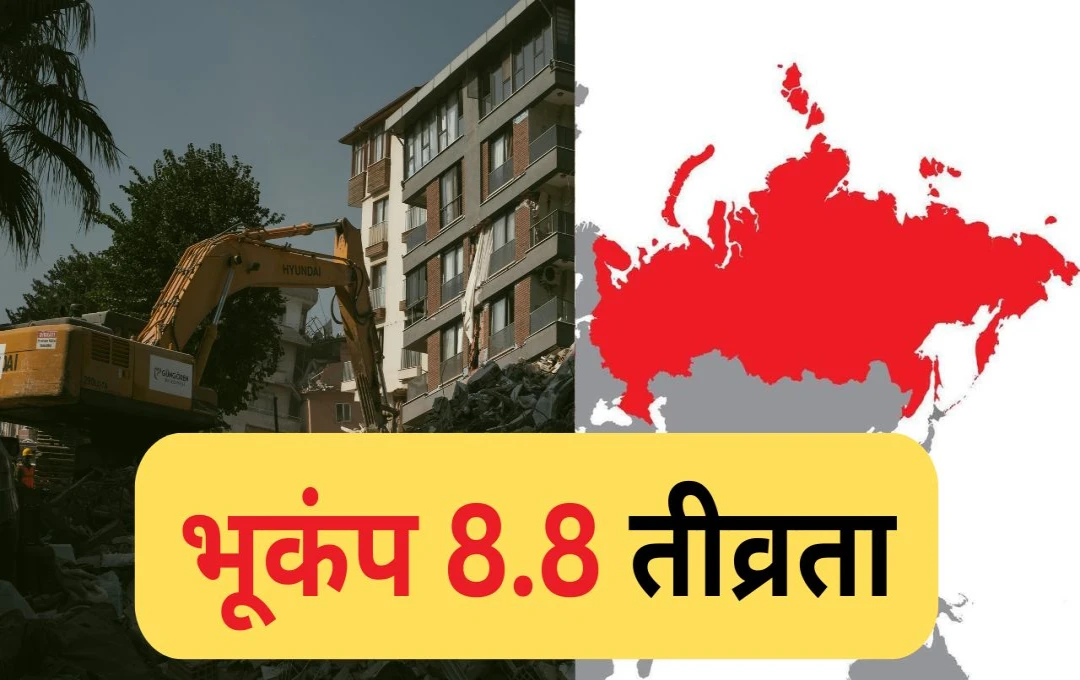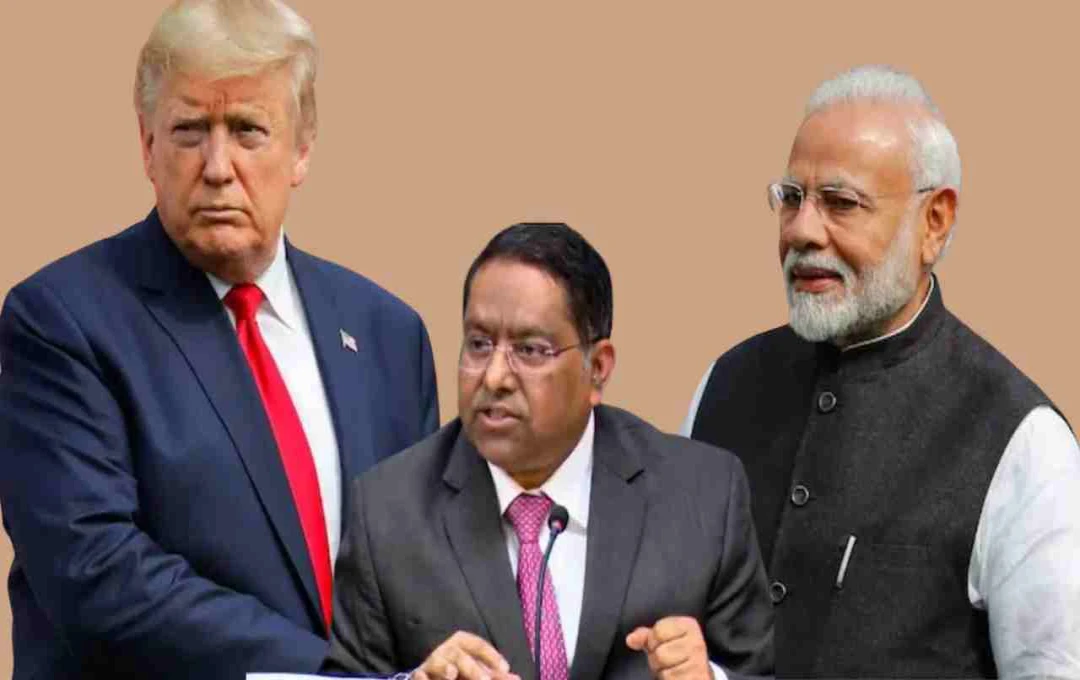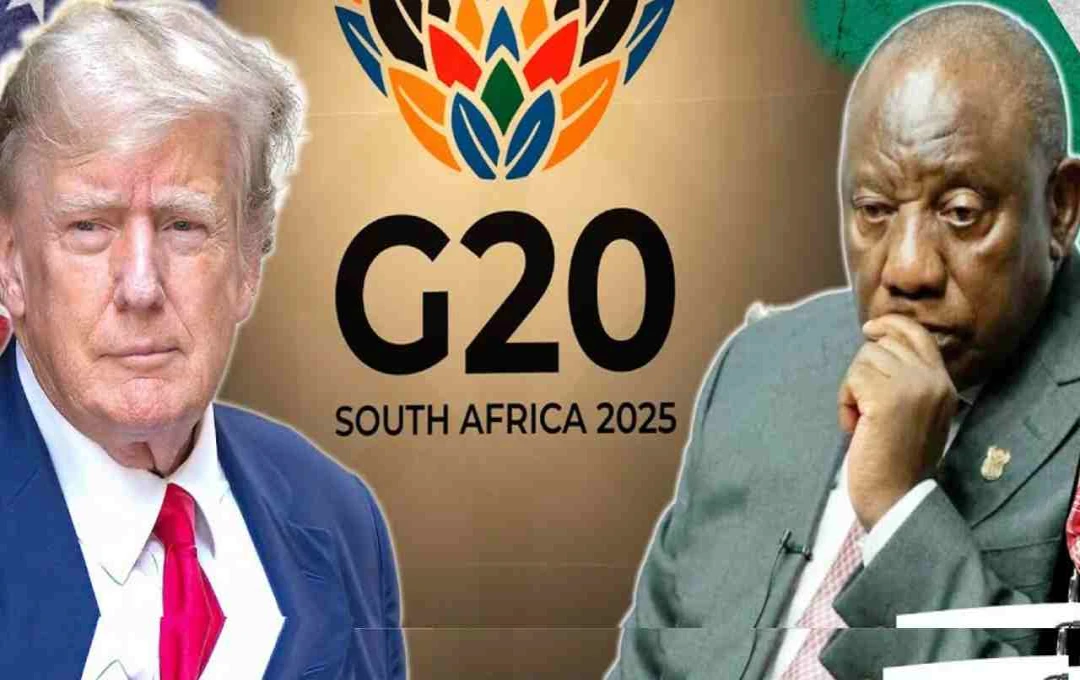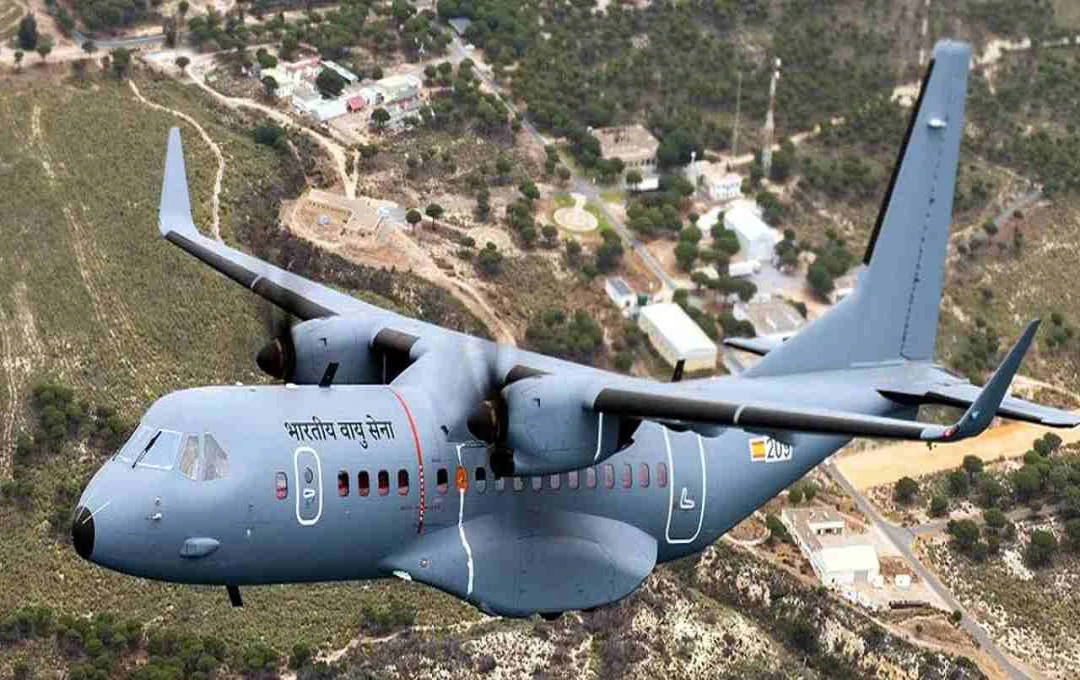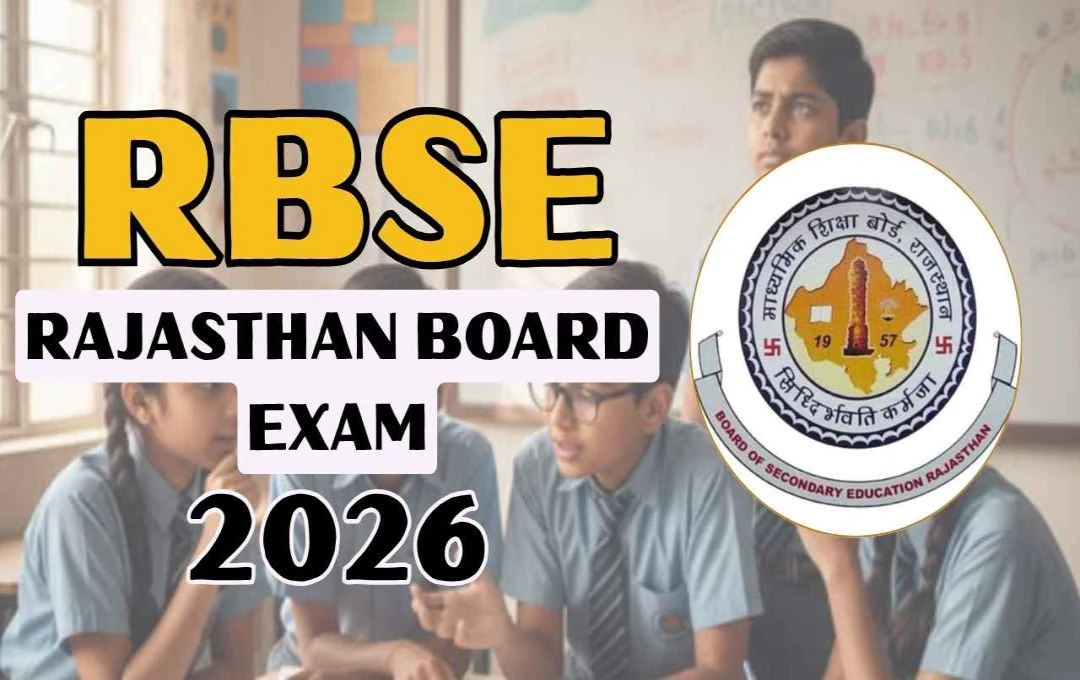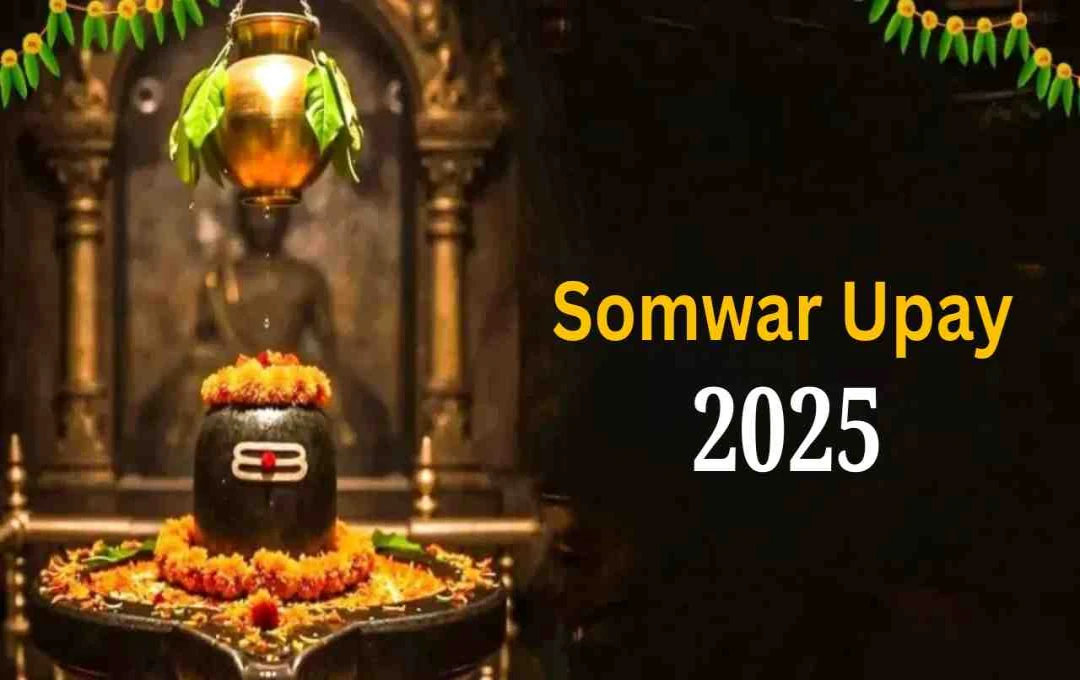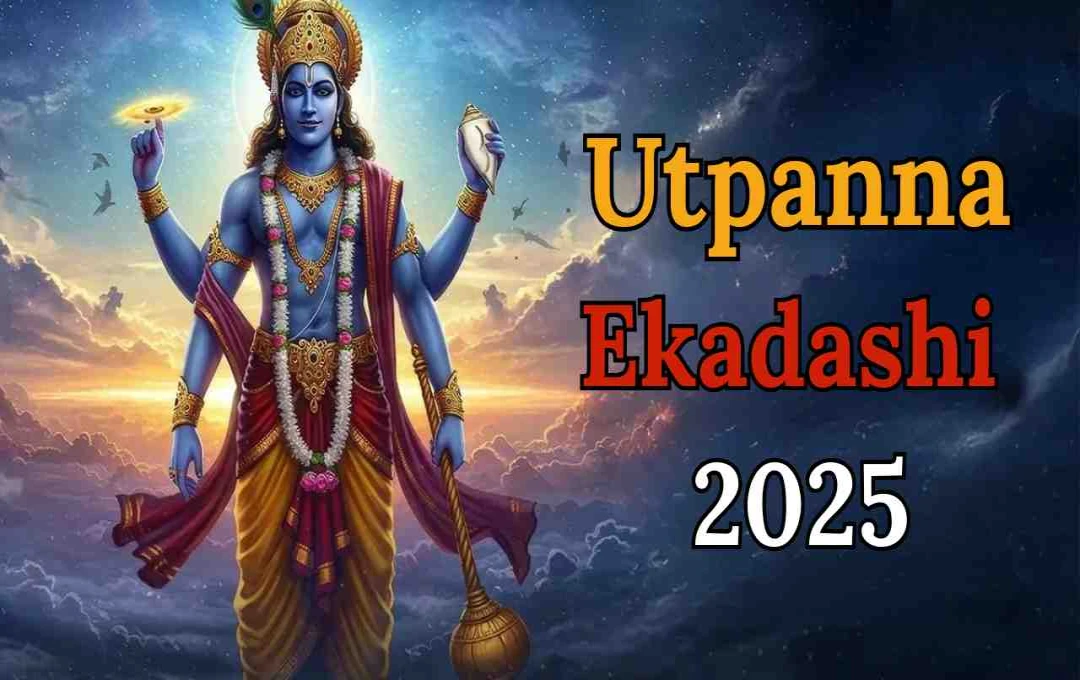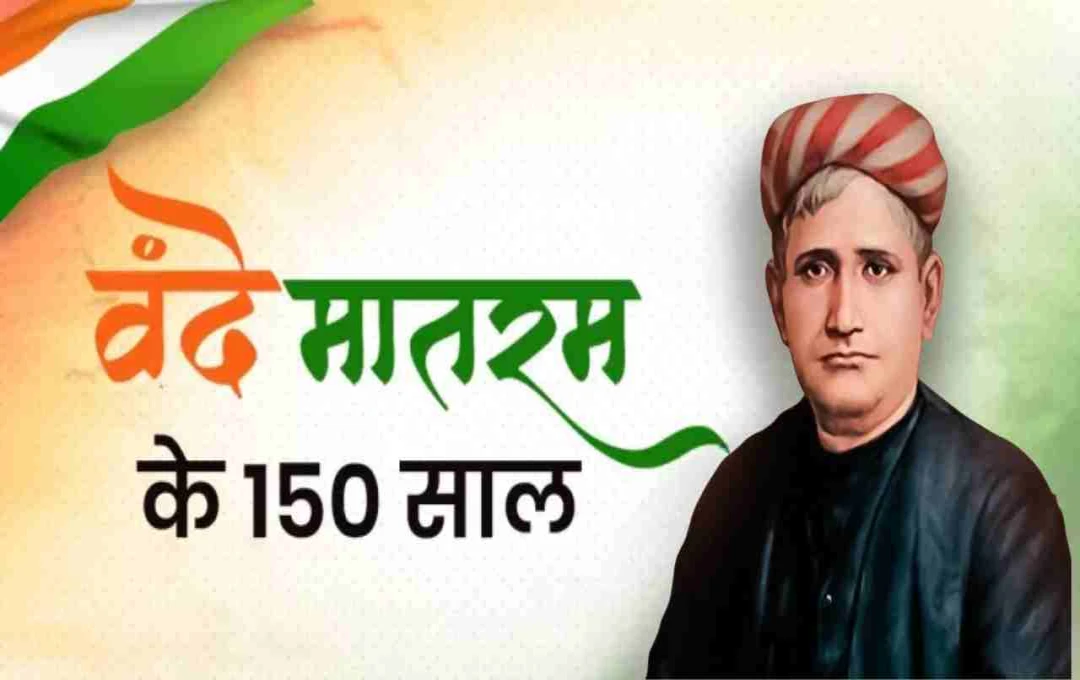An 8.8 magnitude earthquake has struck Kamchatka, Russia, triggering a tsunami warning. Its effects could be felt from Japan to India. Baba Vanga's prophecy appears to be coming true.
Earthquake: The recent 8.8 magnitude earthquake in Russia's Kamchatka Peninsula has shocked the world. This powerful earthquake has triggered tsunami warnings not only in Russia but also in the United States, Japan, and the Indian Ocean regions. Adding to the shock is the decades-old prophecy of Bulgarian seer Baba Vanga, who spoke of mass destruction and seismic disaster between 2025-26. Is this a coincidence, or are we truly on the threshold of a major change?
Where in Russia Did the Earthquake Strike, and How Severe Was It?
This massive earthquake struck the remote Kamchatka Peninsula in Russia. Its magnitude was measured at 8.8 on the Richter scale, making it extremely powerful. The presence of several American and Russian nuclear sites in the area increases the severity of the threat. Tsunami warnings have been issued as far as the coasts of Alaska in the United States and Japan. Japan has evacuated the Fukushima nuclear plant as a precaution.
Will India Also Be Affected?
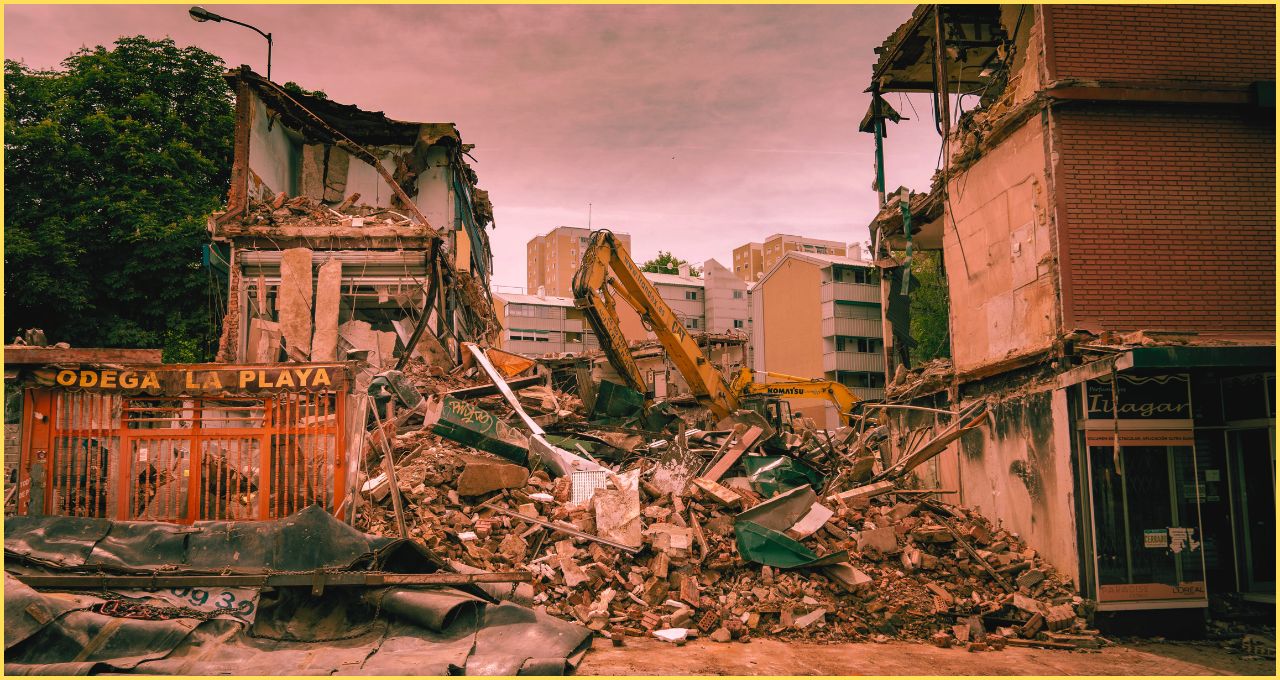
Although India is far from the epicenter of the earthquake, its impact could be felt in the Indian Ocean region and the Andaman and Nicobar Islands. A mild earthquake occurred in the region just a day before, indicating increased activity in the plates. India also needs to exercise caution in this direction, especially along its eastern sea borders.
Is Baba Vanga's Prophecy Coming True?
Baba Vanga, often referred to as the 'Nostradamus of the Balkans,' predicted several events that have come true. She stated that between 2025 and 2026, the earth would shake violently, leading to natural disasters and war-like situations. This earthquake and the subsequent tsunami waves seem to align with her prophecy. She specifically warned of devastation in Europe and Asia.
Why Do Earthquakes Occur? Understanding from a Scientific Perspective

The Earth's surface is made up of tectonic plates that are constantly moving. When these plates collide or move apart, stress is generated on the Earth's surface. When this stress exceeds a limit, the energy is released in the form of an earthquake.
There are three types of waves in an earthquake:
- P waves: These are the fastest and cause a jolt.
- S waves: These are slower and create a wave-like motion.
- Surface waves: These are the most destructive, shaking the surface.
Is the Tsunami Threat Real?
A large earthquake in the marine region often causes a tsunami. When tectonic plates slide rapidly beneath the ocean's surface, they push a large volume of water upwards, creating massive waves. This is what happened during the 2011 Japan earthquake, which led to the nuclear disaster in Fukushima. If this happens again, coastal areas of India should be placed on alert.
What Can We Do in the Future?
Earthquakes cannot be prevented, but the damage can be greatly reduced through information, preparation, and vigilance. A country like India needs to:
- Further strengthen the tsunami warning system in maritime regions.
- Regularize earthquake safety drills in coastal states.
- Educate the general public on how to take protective measures in the event of an earthquake.
